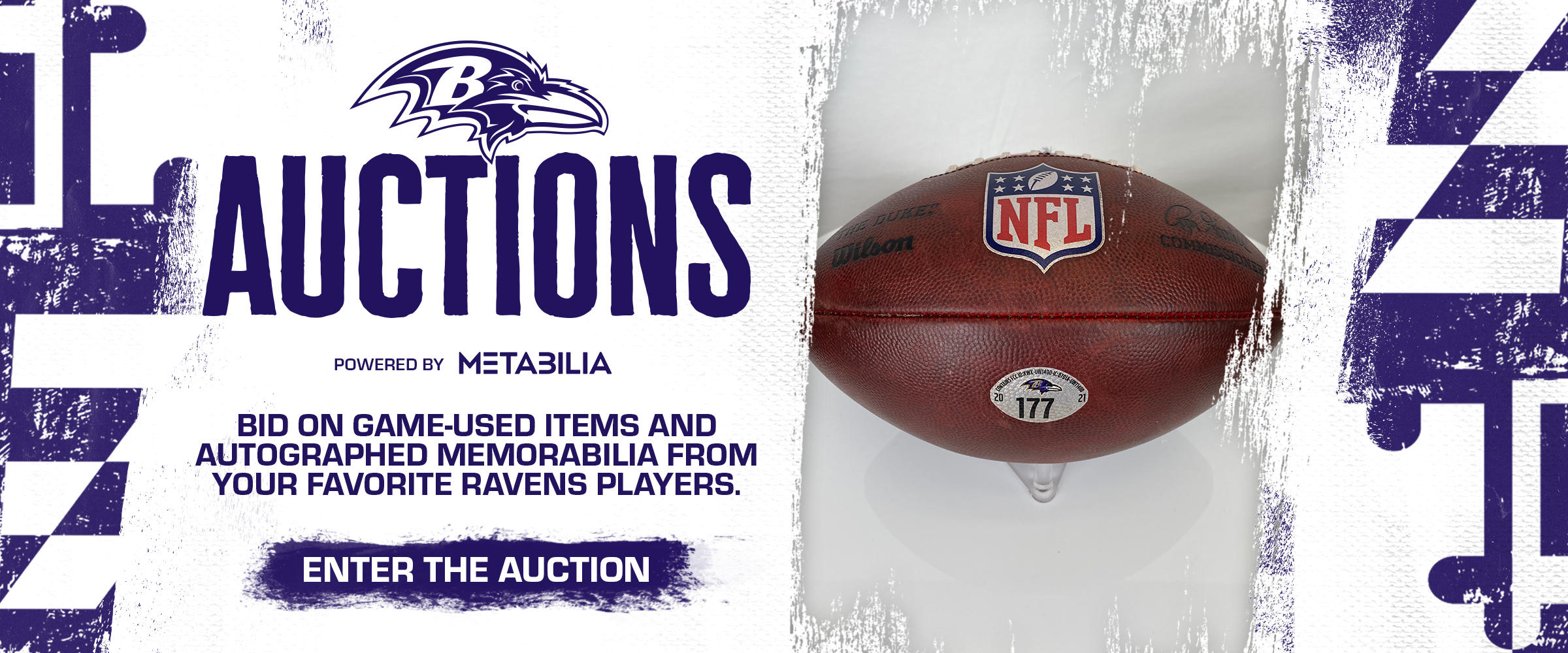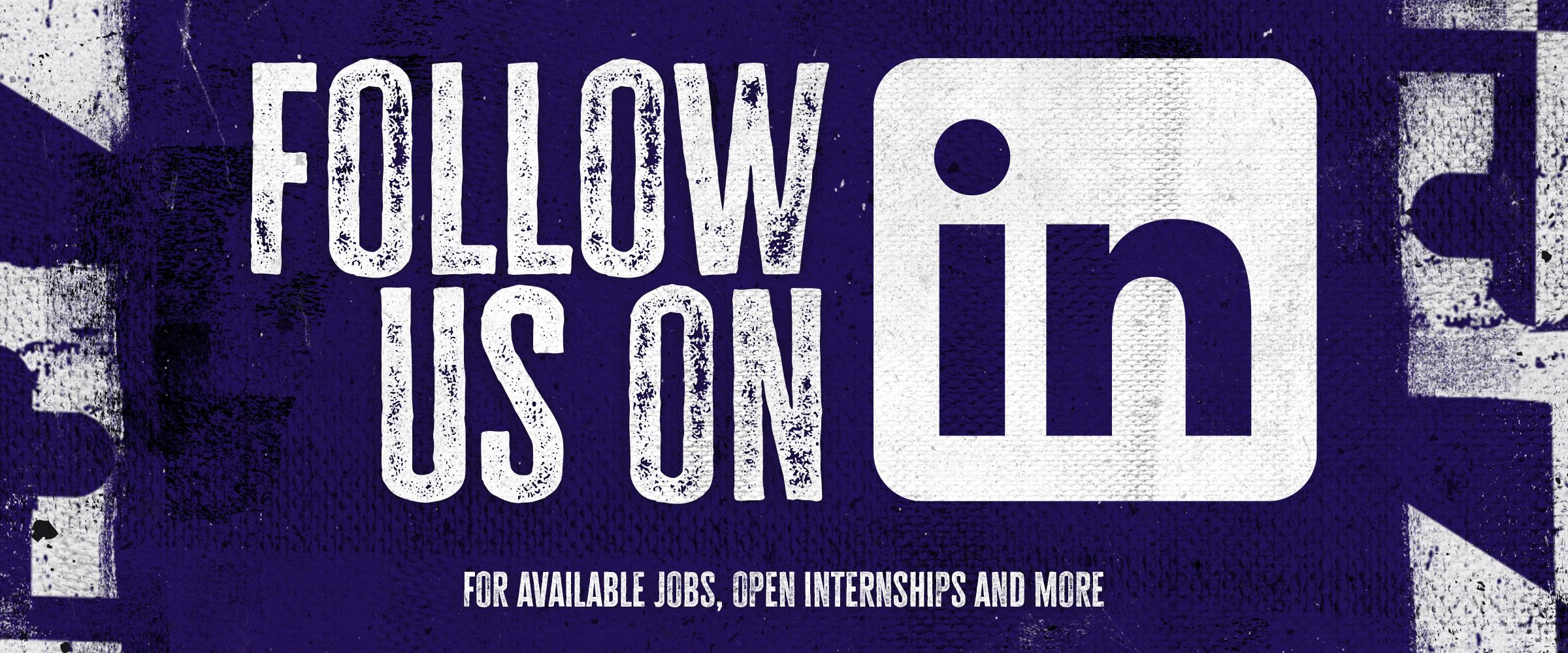The Indianapolis Colts don't lose many games. And they haven't lost any to the Ravens since 2002 in a streak now encompassing six regular-season contests and two in the playoffs.
Numerous theories about the Colts' dominance have been offered over the years. Former Ravens defensive coordinator Rex Ryan's aggressive style didn't work against Colts quarterback Peyton Manning. The Ravens got themselves too up for crusade games and couldn't think straight. The Colts just know how to win. The refs like Manning. Blah, blah.
But all that just sounds like flimsy excuses after the New Orleans Saints' surprisingly thorough whipping of the Colts in the Super Bowl last night. The Saints showed everyone, including the Ravens, what you need to beat the Colts.
Hint: It starts with an O.
The Saints didn't beat the Colts because they stopped Manning. He completed 31 of 45 passes for 333 yards and a touchdown – winning totals – and the Colts ran more plays and had more first downs than the Saints. (By the way, nor did the Saints beat the Colts because they just had more heart. Sorry, it's a great story, but in the end, this was a football game, not a movie.)
No, the Saints won because they threw something at the Colts that the Ravens simply don't possess – a first-rate offense.
I'm not talking about a unit that plays well at times and keep games close. I'm talking about one that kicks some serious rear.
If it wasn't already clear why the Colts have owned the Ravens over the years in a series that has brought heartache to Baltimore, it was abundantly clear last night. To finally knock off the Colts (and while the teams don't meet during the 2010 regular season, the AFC playoff road usually goes through Indy), the Ravens need to get serious about upping their offensive game.
True, only eight teams scored more points than the Ravens in 2009. But that's just a stat. The Ravens struggled at times offensively against top tier opponents. They didn't score a touchdown in two games against the Colts.
They know the blueprint for beating the Colts – control the ball, keep Manning off the field, battle defensively – and actually followed it during their 17-15 regular-season loss to the Colts in Baltimore on November 22. They just couldn't pull it off because they constantly settled for field goals instead of touchdowns.
When the Saints fell 10 points behind in the first quarter last night, I thought they might get blown out. But then everything changed. Their offense woke up and took over. Drew Brees started completing passes and moving the chains. Manning disappeared. He was on the field for just six plays in the second quarter, and with halftime thrown in, basically sat around for an hour.
Although the Saints only produced two field goals in their dominant second quarter, conjuring visions of prior Ravens defeats, their offense kept hammering away in the second half. The Saints drove to a touchdown that gave them their first lead. The Colts answered typically, with a touchdown of their own, but the Saints countered with yet another scoring drive. And then another. They kept piling it on, and by the end, with help from a big defensive play, they were two touchdowns better than Manning and the Colts. Wow.
OK, so let's examine the offense that did that. Brees, 31, is in his ninth pro season, a veteran quarterback at the top of his game in terms of confidence and recognition. He spent the night firing darts to an array of athletic play-makers such as Marques Colston, Reggie Bush and Jeremy Shockey – eight different receivers, backs and tight ends. His protection was superb.
How does the Ravens' offense compare? Quarterback [Joe Flacco is seven years younger, still learning the pro game. His protectors are mostly young, talented and developing. He has a Pro Bowl backfield mate in [Ray Rice
, but he doesn't need two hands to count his dangerous, productive targets.
That isn't intended as a slight. The Ravens moved the ball and scored some points in 2009. Just ask the Patriots. But there are more rungs on the ladder they're climbing, work to be done, improvements to be made both in personnel and development.
The Ravens need to continue to climb that offensive ladder if they ever want to beat the Colts.
John Eisenberg worked in the newspaper business for 28 years as a sports columnist, with much of that time coming at the Baltimore Sun. While working for the Sun, Eisenberg spent time covering the Ravens, among other teams and events, including the Super Bowl, Final Four, World Series and Olympics. Eisenberg is also the author of seven sports-themed books.


















